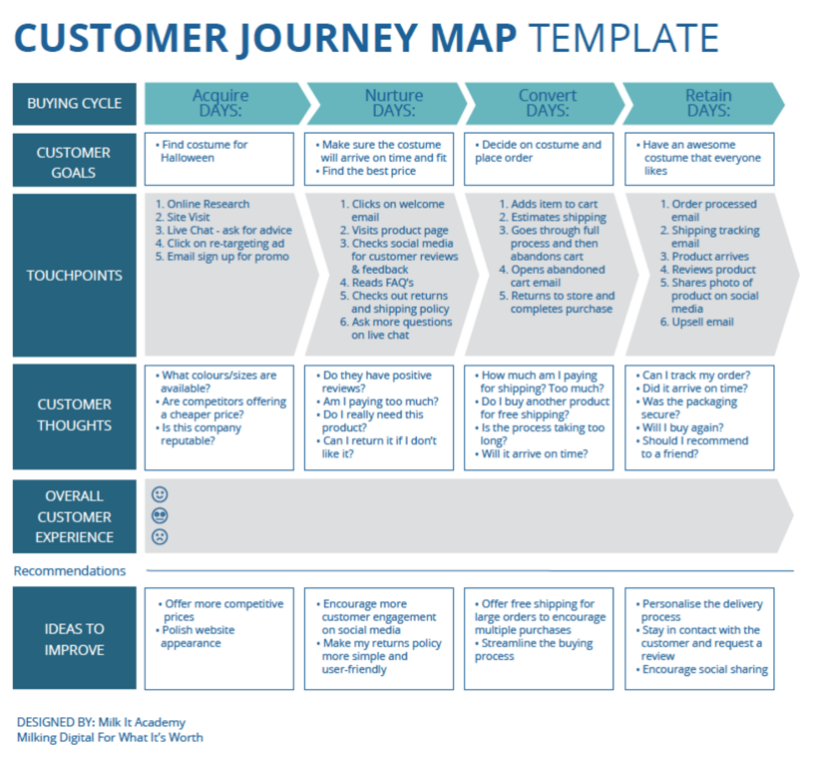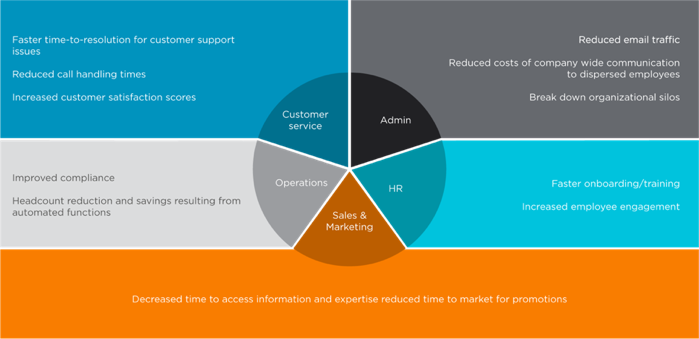Without a doubt, advances in technology have revolutionized the way that businesses operate in the modern world. Every year, companies allocate more of their budget toward adopting digital practices and tools to improve productivity and outcomes. Digital adoption, which can be thought of as an end goal of technological maximization. Digital adoption will always look a little different for every organization depending on factors like their industry and ultimate objectives. Additionally, every organization will have its own unique set of roadblocks. But three underlying issues can stop digital adoption dead in it tracks.
Unfortunately, digital adoption has not been easy for many organizations. In fact, 84% of businesses that attempt digital transformation are unsuccessful. Often times, the barriers that stand in the way of digital adoption are rooted in issues with employee training, company culture, data management, and just about everything in between.
Although these challenges are certainly not insurmountable, they can slow down progress or stand in the way of great results. Digital adoption is no longer optional for businesses that intend to stay competitive in today’s market. Therefore, it is crucial that every company not only identifies the barriers that stand in their way of digital adoption, but also knows how to overcome them.
Let’s discuss.
1. Muddled Vision of the Digital Customer Journey
The customer experience (CX) matters more than ever these days. Consumers will be quick to jump ship to a competitor for a better one. Customer’s expectations are higher than ever before, and unfortunately, the majority of companies are not hitting the mark. According to Inc’s survey, only 7% of retailers offer end-to-end commerce experiences for a seamless digital customer journey.
Omni-channel systems are essential to the digital customer experience. As business operations continue to evolve around customer-centricity, every move in the process of digital adoption needs to be done in accordance with the digital customer value proposition.
Without a crystal-clear view of this, digital adoption is essentially like traveling without a destination in mind. There’s no room for guessing games when it comes to digital adoption in regards to the customer journey.
Businesses must first create a customer journey map that is specific to their audience and backed up by behavioral data. This process will not be linear; the buyer’s journey is much more complicated than the simple four-step process that was taught in business school. This is largely due to the growth of e-commerce and digital consumer practices, which have essentially turned the customer journey map on its head.
In order to create an accurate map for your specific customers, you will need to categorize your audience’s behavior.
You will construct your customer map based on aspects like their goals, sentiments, expectations, and deciding factors. You will need to take a look at past behavioral data to formulate the typical path that leads consumers towards a conversion.
- What content draws them in?
- How long does it take from an initial interaction to a purchase decision?
- Where are the major falling off points?
Once these questions are answered, you will be able to see the areas were digital programs can fit in to better support customers through this journey.
2. Unscalable Systems
Another reason why so many companies struggle to integrate digital programs successfully is because they are only looking at the present moment. When this happens, failing to consider how things will change can be all too easy. The standards of digitization are changing by the day – and they will continue to do so as time goes on.
When you choose a system, the decision needs to be motivated by the need for scalability.
Achieving digital adoption will allow your company to be more productive, operate at a lower cost, and service larger numbers of customers through automation. Therefore, your strategies need to be scalable for the long-term, but they also need to be integrated in a feasible way.
This involves the adjustment to new workflows, technology, content presentation, data management, and so on. You must choose new technology carefully and be absolutely sure that it will offer the benefits that you want and need. Be sure that the tradeoff is worth it as well.
In the beginning, it may take longer to transfer tasks to a digital program. This process can easily slow down productivity and use up lots of resources. Be sure to take all of the factors together and apply it to the bigger picture – and be sure that you build the correct process for implementation.
3. Outdated or Inadequate Training
Employee training tends to be one of the most overlooked factors in digital adoption. When new programs are introduced, companies tend to cover just the basics or ask employees to do their own research and figure things out on their own. This “sink or swim” approach to training no longer flies when the bulk of business operations rely on tech systems, especially if they are highly specific to an industry or business department.
Failing to train your staff to fully utilize new digital programs can almost always guarantee failure.
Digital adoption, by definition, can only occur when an organization is utilizing technology to the fullest extent.
Of course, introducing major changes (especially when it comes to technology) is never easy, and many employees may have some resistance towards the change. According to the previously mentioned study from Dimension Data, 54% of companies reported that members of their organization were resistant to digital adoption.
In order to combat this opposition, businesses must make it clear to employees how these tools will benefit them by easing pain points, saving time, and allowing them to accomplish more. Organizations also need to keep up with the latest training formats, especially in a fast-paced digital environment where changes occur frequently.
Training also needs to be more in-depth than a crash introductory course.
According to a survey from PWC, employees need an average of 15 hours’ worth of training and onboarding before they feel comfortable using that technology in their day-to-day.
It is critical that companies choose their teachers wisely and make sure they are totally qualified to train employees.
However, a blanketed one-size-fits-all training approach is not the best choice here, especially considering that employees in different departments and roles will need varying levels of onboarding. The more modern approach here is to use contextual learning, which employs algorithms to personalize the learning experience for each employee based on their needs, experience, and current skill levels.
By using training programs that utilize contextual learning technology, sessions can be completely tailored to the individual. This can significantly cut down on training times and help employees be trained in their own unique learning style. This can help to improve the onboarding experience and combat the common resistance have towards adopting new technology.
Additionally, as with any new strategy, be sure that there is a system in place to check progress and measure the results. Take your employee’s feelings and experiences into consideration as well. Follow up after training and see how prepared your organization feels.
- Did they feel that they received enough information to begin using the systems on their own without any assistance?
- Are they familiar with all of the features and which ones they will need to use the most?
- Are there any topics that did not seem to make sense or that were not covered enough?
Digital adoption is often a process of trial and error. Make sure that its impact on your employees is a top priority to ensure that systems are implemented properly from the start.
Conclusion
Change is inevitable, but it seems to happen even more frequently in today’s modern digitally-focused business world. As more and more companies turn to technology to improve customer experiences, it is important that they take a strategic approach to achieve digital adoption. There are many barriers that stand in the way, but this does not mean that it is impossible.
By understanding the core issue of the obstacles that could hinder the process, companies can face these barriers head-on and find the solutions that will make digital adoption truly possible.













